What is an HBCU? A look at North Carolina’s historic Black colleges & universities
In 1837, Richard Humphreys opened an institution with the mission of teaching African Americans skills to gain employment. That school was the African Institution in Pennsylvania, renamed Cheyney University in 1913, and it was the first Historically Black College or University (HBCU) in the country.
Currently, there are more than 4,298 degree granting institutions in the United States with HBCUs making up approximately 2.3% of those. There are 107 HBCUs in the country, and North Carolina has the second most with 11.
HBCUs continue to be important because they provide Black students with access to curriculum that is designed for Africans Americans. The schools require African American history classes and for certain majors, students are taught from the African American perspective.
HBCUs also provide a support structure for students, and a unique environment that many students call the “HBCU Experience” — one centered around African American culture.
What is an HBCU or Historically Black College or University?
According to the U.S. Department of Education, a HBCU is an institution that was established prior to 1964 with the principal mission to educate African Americans. Although HBCUs were created for African Americans, they are open to all students regardless of race.
HBCUs in North Carolina
There are 10 accredited HBCUs in North Carolina:
Bennett College
Elizabeth City State College
Fayetteville State University
Johnson C. Smith University
Livingstone College
NC Agricultural & Technical State University
NC Central University
Saint Augustine’s University
Shaw University
Winston-Salem University
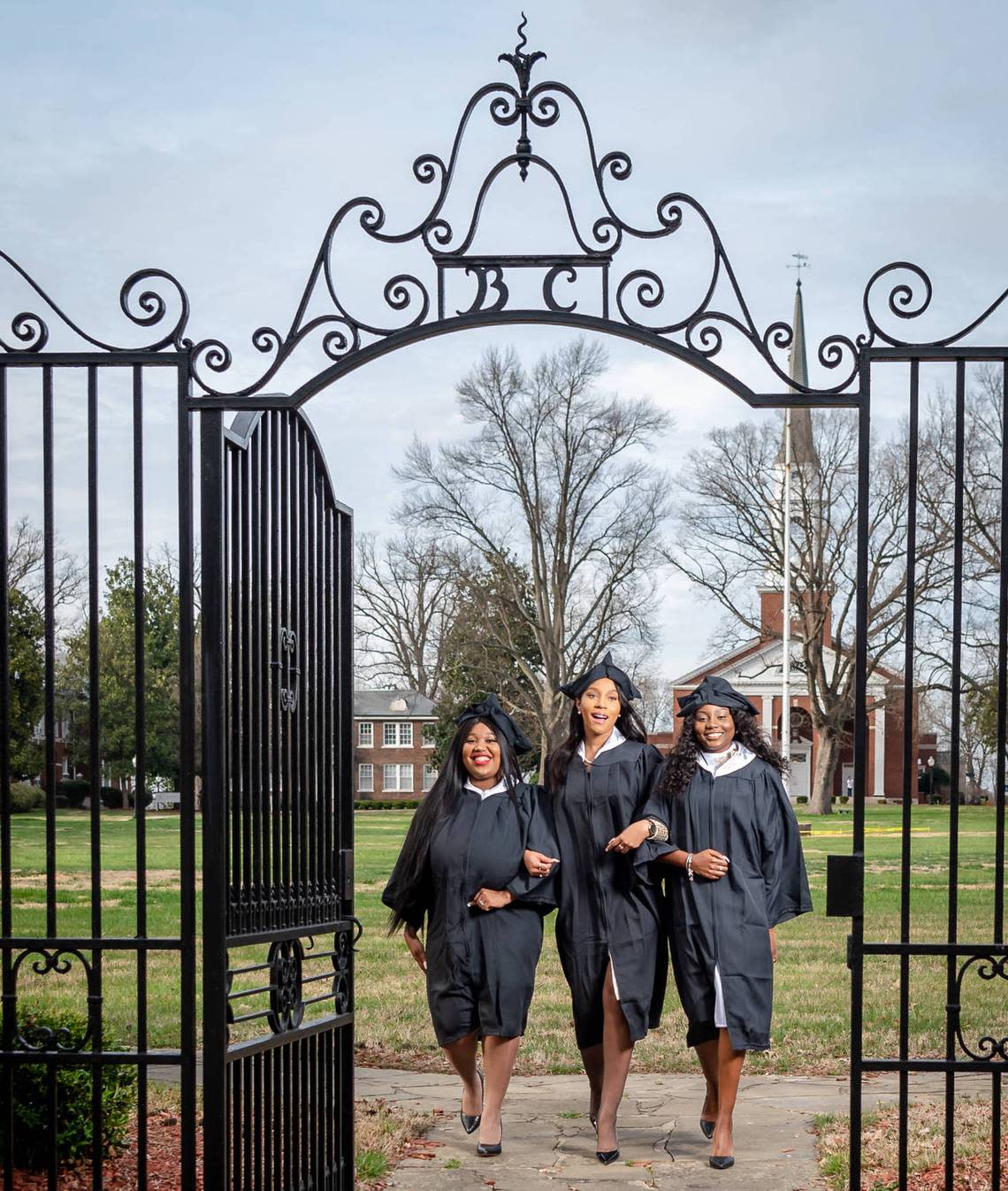
Bennett College
Bennett College is a women’s only college located in Greensboro, NC. It was founded in 1873 as a teaching school for newly freed slaves. The school was originally co-ed with 70 men and women learning in the unplastered basement of a church.
Bennett College became a women’s only college in 1926 because the Women’s Missionary Society wanted to create a college for African American women and they choose Bennett.
The students of Bennett College call themselves The Bennett Belles or the Belles. They have been known to be outspoken and fight for what they believe in. They participated in the planning of the sit-in movement in Greensboro with NC Agricultural & Technical State University students.
Interesting Facts:
Beside the Belle Tower, there is gravestone for “Miss Idle Gossip”
Helped plan the sit-in protests with NC A&T
7 to 1 faculty to student ratio
Address: 900 E. Washington St., Greensboro, NC 27401
Sources: bennett.edu, Interview with Jocelyne Caldera (College Archivist at Bennett)

Elizabeth City State University
Elizabeth City State University was founded in 1891 by an act of legislation as a normal school in order to train teachers to teach at the common schools for black children. For the first two decades of the institution they were in rented facilities until 1912.
ECSU prides itself on being the only school in North Carolina with an aviation science degree. Students have the opportunity to fly planes and get recruited directly out of school by airlines. They also take pride in serving the impoverished counties in the northeastern region of North Carolina.
Interesting facts:
Alex Haley (the author of Roots) attended ECSU but did not finish.
16 to 1 student to teacher ratio
Address: 1704 Weeksville Road, Elizabeth City, NC 27909
Sources: ecsu.edu, Interview with Glen Bowman, Ph.D. (Professor of History at ECSU)
Fayetteville State University
Fayetteville State University was founded as the Howard School in 1867 by seven black men chosen to establish a permanent normal school to educate the community. The school was founded in collaboration with the Freedmen’s Bureau and American Missionary Society. After ratification of Senate Bill #472, which established training institutions for whites and black, the Howard School became the first State Colored Normal School.
After many name changes, Fayetteville State University still holds the same foundation: that education is meant to empower people. Graduates of FSU have gone on to give back to the community by opening businesses and running for elected offices. The school also has projects associated with NASA active on campus.
Interesting Facts:
FSU is the oldest public HBCU in North Carolina.
The State Colored Normal School only had 3 rooms.
It’s the #4 Most affordable online school in North Carolina according to AffordableSchools.net.
It has a 17 to 1 student to faculty ratio.
Address: 1200 Murchison Road, Fayetteville, NC 28301
Sources: uncfsu.edu, Interview with Nicholle Young St. Leone (Archives Technician at FSU)
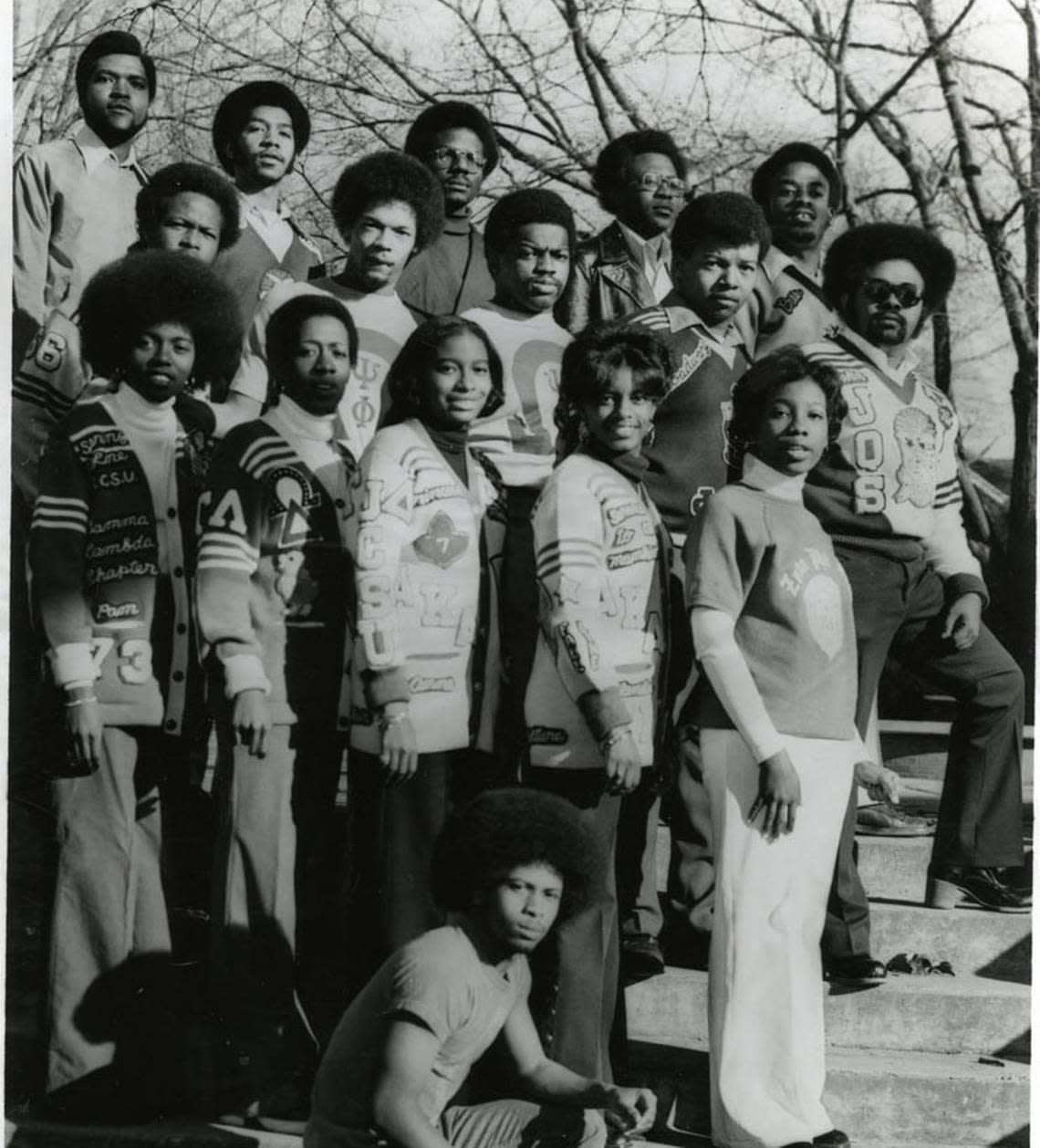
Johnson C. Smith University
Johnson C. Smith University is a private nonprofit institution in Charlotte.
It started as the Freedmen’s College of North Carolina in 1867. The University’s mission is to provide an experience that educates, prepares and graduates a diverse group. In 1924, the University was recognized as a four-year college and was one of the first beneficiaries of The Duke Endowment.
JCSU was a founding member of the United Negro College Fund and their membership began a impactful building phase from 1955 to 1968, including the Jack S. Brayboy Gymnasium, the Duke Memorial Library and the University Memorial Union. The university continues to receive numerous grants from The Duke Endowment to expand campus programs.
Interesting Facts:
JCSU was selected for IBM’s first Quantum Education and Research Initiative for HBCUs.
JCSU students won the HBCU Battle of the Brains in March 2022.
JCSU was recently named a Community Center for Coding and Creativity in collaboration with Apple and Tennessee State University.
It has an 11:1 student to faculty ratio.
Address: 100 Beatties Ford Road, Charlotte, NC 28216
Sources: jcsu.edu
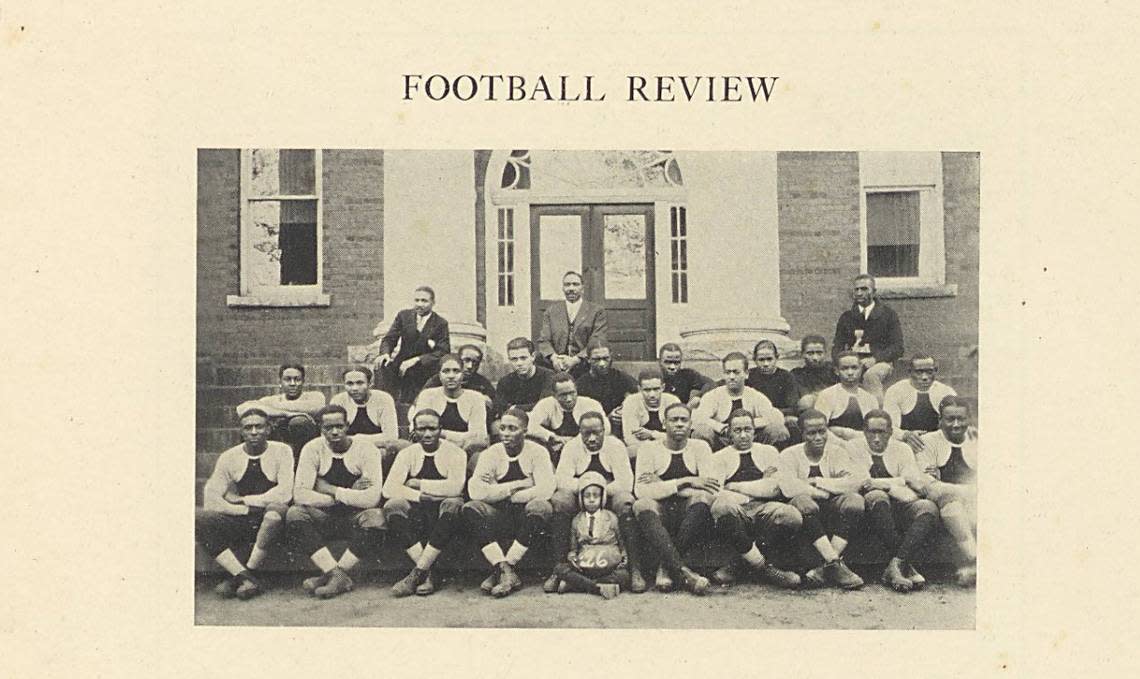
Livingstone College
Livingstone College is a private institution founded in 1879. It originated in Concord and later moved to 40-acre farm in Salisbury.
Livingstone was founded with the intent of producing African American teachers. While some have invested more resources into other programs, Livingstone continues to grow its education program. The school also owns a hotel where students can learn culinary skills and hotel management.
Interesting Facts:
The food used at the culinary program is produced by Livingstone’s farm.
The first HBCU football game was hosted at Livingstone against Johnson C. Smith University.
It has a 12-to-1 student to faculty ratio.
Address: 701 W. Monroe St., Salisbury, NC 28144
Sources:livingstone.edu, Interview Dr. State W. Alexander III (VP of Communications & Public Relations at Livingstone College)
NC Agricultural & Technical State University
NC A&T was founded in 1890 as a land grant institution in Greensboro. It was established to educate African Americans in agriculture and mechanical training. The original Morrell land grant only built institutions for white students so they passed a second land grant that created separate but equal institutions.
At the start of the university, there were only three buildings, but NCA&T has grown into the largest HBCU in the country. The university archives have an extensive collection of all the works of prominent alumni, from the works of songwriters to movie makers.
Interesting Facts:
NCA&T is the #1 Producer of Black engineers.
The A&T Four started the sit-in movements in Greensboro.
It is the largest HBCU in the country.
It has a 19-to-1 student to teacher ratio.
Address: 1601 E. Market St., Greensboro, NC 27411
Sources: ncat.edu, Interview with James R. Stewart Jr. (Archives and Special Collections Librarian at NC A&T)
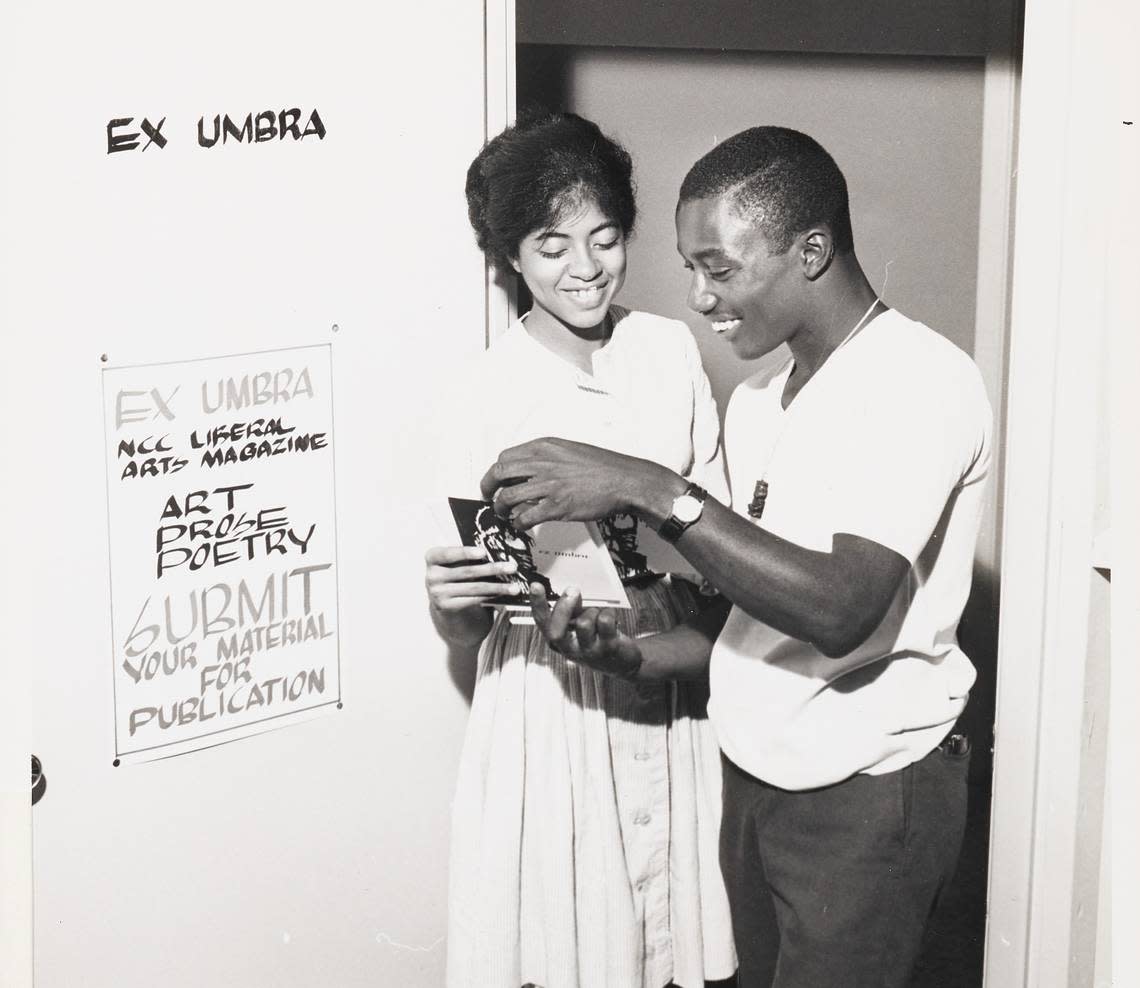
NC Central University
North Carolina Central University was founded in Durham in 1910 as the National Religious Training School Chautauqua for the Colored Race.
Durham was home to a financial district known as Black Wall Street and the school was opened by James E. Shepard, presumably the richest African American in North Carolina. In 1925, it became the North Carolina College for Negroes and became dedicated to educating students in liberal arts. It also aimed for their graduates to become teachers and principals.
The university continues to grow as it construct new students and multiple resident halls. It is home to a distinguished law school and criminal justice program. NCCU was the first university to require community service hours to graduate, part of an effort to increase community engagement across campus.
Interesting Facts:
Dr. John Hope Franklin was a former professor
The first state-supported liberal arts college for African Americans
NCCU has a 16-to-1 student to faculty ratio.
Address: 1801 Fayetteville St., Durham, NC 27707
Sources: nccu.edu
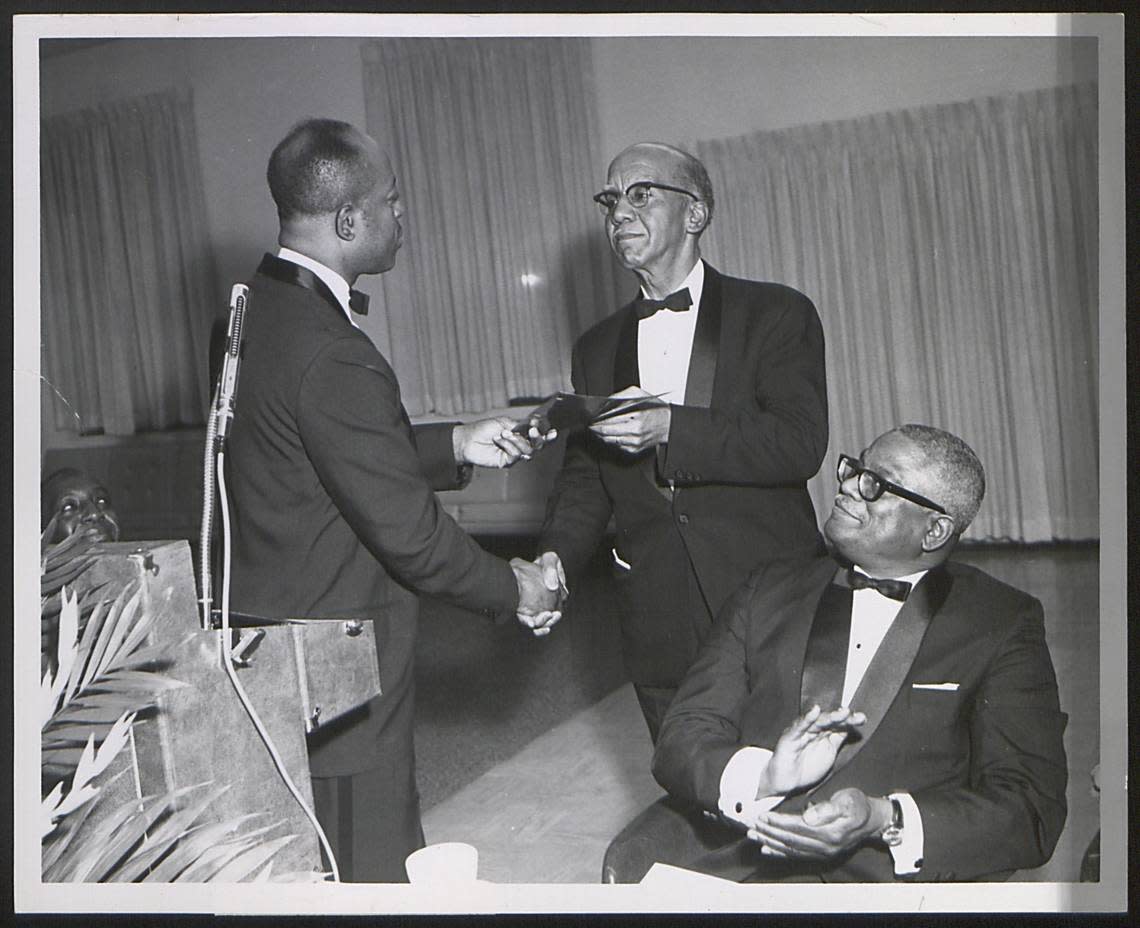
Saint Augustine’s University
Saint Augustine’s University was founded in Raleigh in 1867 as Normal and Collegiate Institute. It was founded by the secretary of the Freedman’s Commission of the Protestant Episcopal Church. In 1896, St. Augustine’s opened the first nursing school for African Americans: St. Agnes Hospital and Training School. This was the only hospital at the time that would serve African Americans.
Its mission is to sustain a community of learning and prepare students academically, socially and spiritually. The students who graduate from Saint Augustine’s are filled with rich traditions that connect them all over the globe.
Interesting Facts:
St. Augustine’s was the nation’s first historically black university to own an on-campus commercial radio station.
In 2020, the university became the first HBCU to start a cycling team.
In 2022, it became the first HBCU to launch a women’s rowing team.
It has a 10-to-1 student to faculty ratio.
Address: 1315 Oakwood Ave., Raleigh, NC 27610-2298
Sources: st-aug.edu
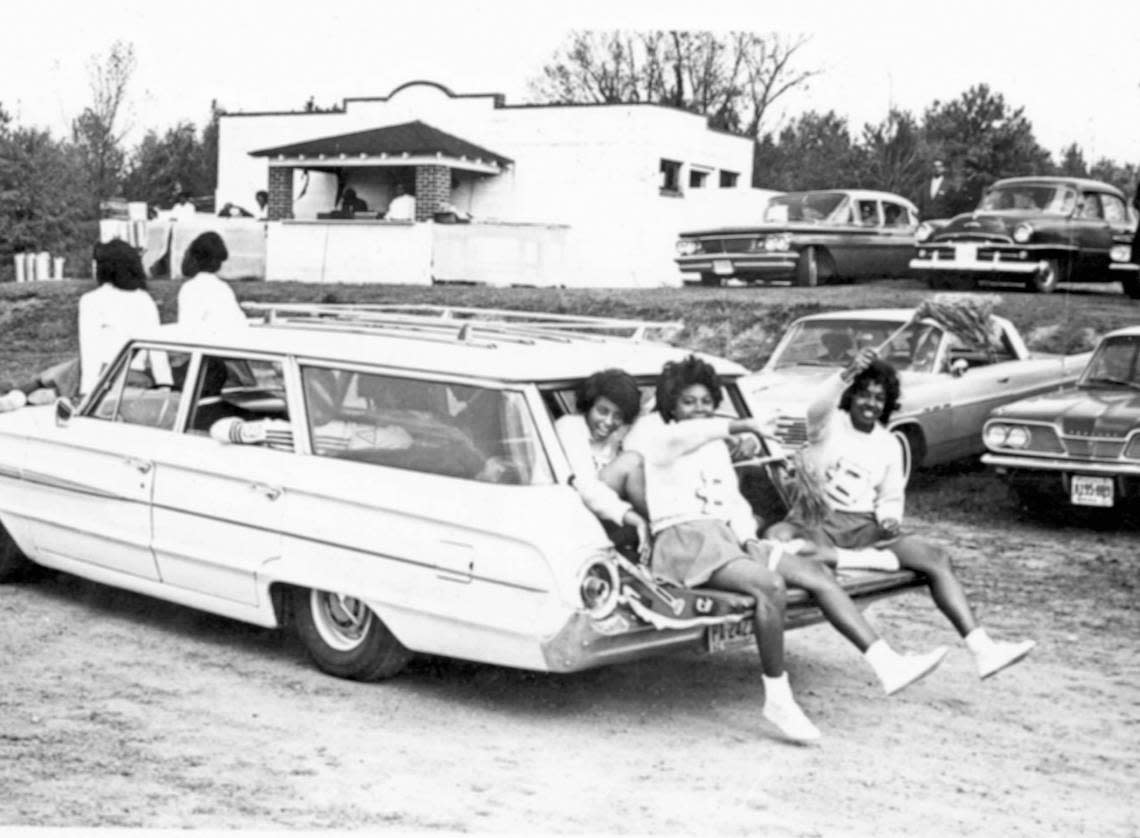
Shaw University
Shaw University, located in downtown Raleigh, was founded by Henry Martin Tupper in 1865. He was originally from Massachusetts but was sponsored by the Baptist Church to come to Raleigh and start a school. It was the first HBCU in the South and calls itself “the Mother of the South.”
Shaw University prides itself on providing a family oriented environment for its students.
Interesting Facts:
Shaw was the first HBCU in the nation to admit women, and it had the first dormitory for African American women.
Shaw was the first college in the nation to offer a four-year medical program (1882-1918).
The school moved to its current site in downtown Raleigh in 1870 and was later renamed for donor Elijah Shaw.
It has a 12-to-1 student to faculty ratio.
Address: 118 E. South St., Raleigh, NC 27601
Sources: shawu.edu, Interview with Keyunda Miller, Ph.D. (Director of Library Services at Shaw University)
Winston-Salem State University
Winston-Salem State University was founded on September 28, 1892 as an industrial academy. It started as a one-room classroom with 25 students with a goal to “intellectually prepare the head, hand and heart” of students. The school was funded by the John Fox Slater Fund, which was started by a manufacturer in Connecticut who wanted to educate African Americans in the South.
Even as an industrial academy, it expanded its curriculum to benefit the community and in 1925, was recognized by the state for its growing curriculum, and empowered under the State Board of Education. Today, the school say it commits itself to “unleash the genius” in every student.
Interesting Facts:
WSSU was first HBCU in the nation to grant degrees for teaching in elementary schools.
The first official building on campus was built by students.
It has a 16-to-1 student to faculty ratio.
Address: 601 S. Martin Luther King Jr. Drive, Winston-Salem, NC 27110
Sources: wssu.edu, Interview with Tom Flynn (Associate Director of Archives, Research, Learning, and Outreach at WSSU)
Notable HBCU Alumni
Selma Burke: Sculptor from Winston-Salem State University
Stephen A. Smith: ESPN Sportscaster from Winston-Salem State University
Rev. Jesse Jackson: Political activist from North Carolina A&T State University
Terrence J: Actor and entertainment reporter from North Carolina A&T State University
Eva Clayton: Former North Carolina Congresswoman from Johnson C. Smith and North Carolina Central University
April Parker Jones: Actress from North Carolina Central University
Donald Evans: Professional football player from Winston-Salem State University
Maria Howell: Actress from Winston-Salem State University
Affion Crockett: Actor and Comedian from Fayetteville State University
Honorable Ola M. Lewis: First woman and first African American judge for the 13th Judicial District from Fayetteville State University
What are some HBCU Traditions?
Although every HBCU has its own history and traditions, some traditions are nationwide such as:
Civil Rights: HBCUs have a history of influencing their communities through activism. HBCU students started the sit-in movement in North Carolina in Greensboro.
Homecoming Celebrations: Homecoming is a huge deal at HBCUs. The schools hold week-long events that bring together current students and alumni. They are also known for major celebrities coming out for performances and hosting events.
Stomp-and-Shake Cheer: Stomp and Shake cheer originated in North Carolina and Virginia. It combines traditional cheerleading with African American aesthetics.
Majorette Dancing: Majorette is a popularized dance style that combines hip-hop and jazz ballet. Mainly performed during halftime shows and on the sidelines of football games. Predominately performed at HBCUs since starting in 1968 at Alcorn University, an HBCU in Mississippi.
Greek Life: The “Divine Nine,” nine Greek organizations started by collegiate level African Americans, are important in HBCU Greek life. Members of these organizations are known to be campus leaders and participate in community engagement.
Extravagant Marching Bands: HBCU bands have a reputation for going the extra mile when it comes to their performances. They perform a variety of music, from classical to modern. At football games, an HBCU half-time show is a can’t-miss experience.
Royal Courts: This branch of a student government association represents the university publicly. A university will have a “Mr. & Ms.” for every class and one couple to serve for the institution as a whole.
HBCU Pride: HBCU students wear their pride on their chests, literally. Students and alumni represent their schools with signature paraphernalia and unique chants that bring everyone together.
